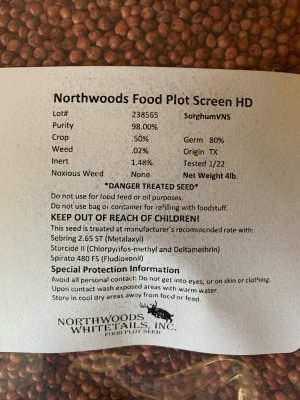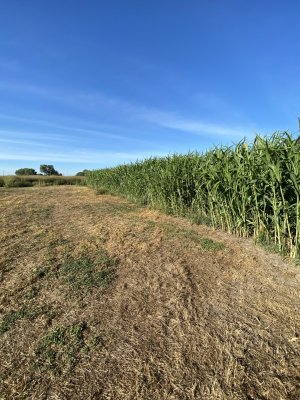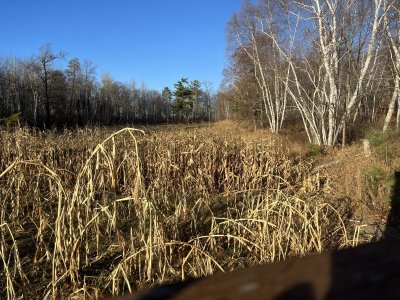Wind Gypsy
5 year old buck +
Feel like going 4 pronged attack on this screen.
1. Plant more spruce if the ones from this spring indicate they are viable in this soil.
2. Let some of the willow and tag alders grow freely just inside of the spruce line
3. Prep a seed bed for sorghum next year starting this fall.
4. Sample some RW MG to see how it holds up (or any variety that is supposed to be more cold/wet tolerant).
John komp sent me an email that EW would work better in wet soil but I feel like it’s less likely to stand up to snow.
1. Plant more spruce if the ones from this spring indicate they are viable in this soil.
2. Let some of the willow and tag alders grow freely just inside of the spruce line
3. Prep a seed bed for sorghum next year starting this fall.
4. Sample some RW MG to see how it holds up (or any variety that is supposed to be more cold/wet tolerant).
John komp sent me an email that EW would work better in wet soil but I feel like it’s less likely to stand up to snow.
Last edited:





